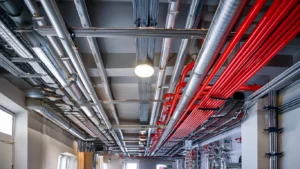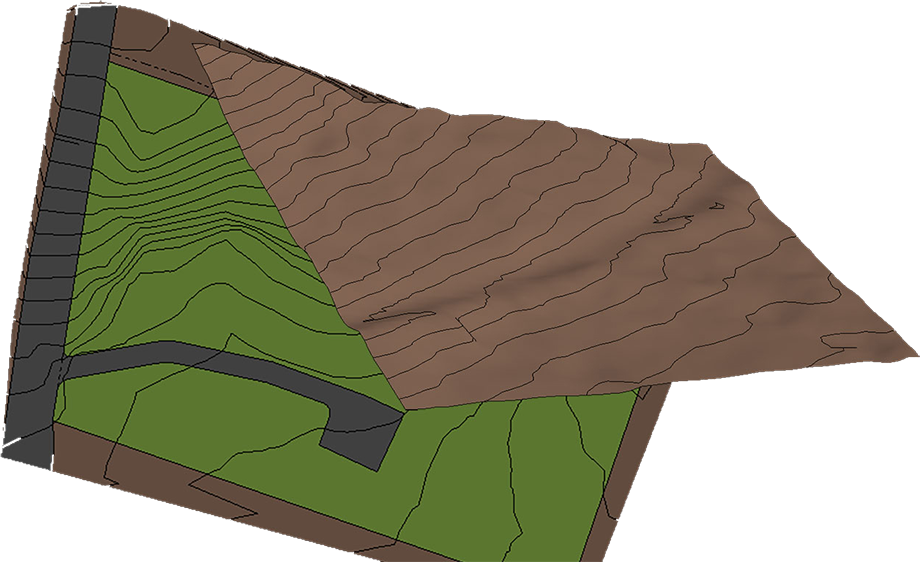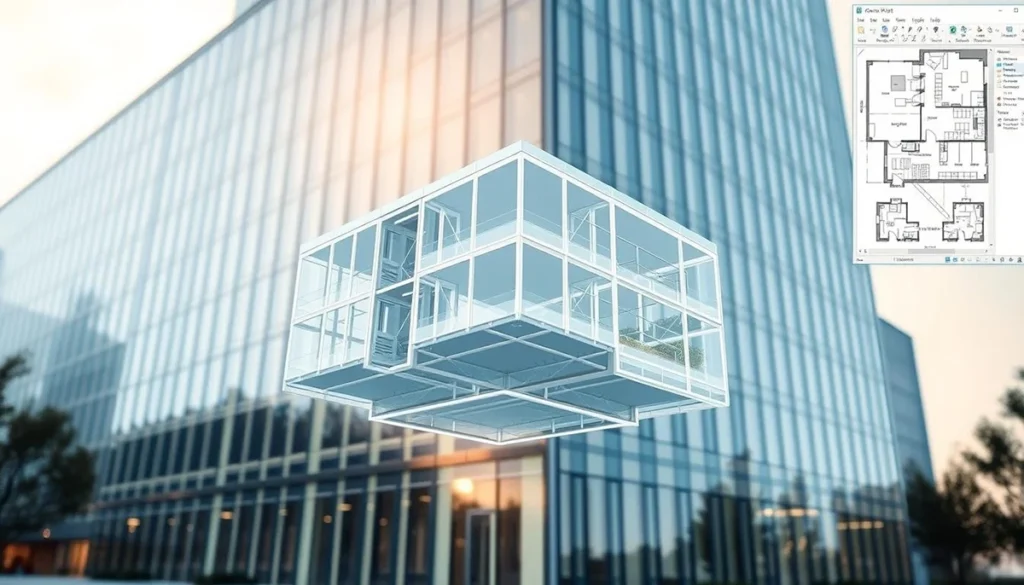Key Components of Effective MEP Systems
Published Date
Last Modified

- Key Components of Effective MEP Systems
- Comprehensive Design and Visualization
- Clash Detection and Resolution
- Enhanced Coordination
- Improved Collaboration
- Accurate Documentation
- Integration and Coordination
- Energy Efficiency
- Scalability and Flexibility
- Safety and Compliance
- Get Free eBook – Key Components of Effective MEP Systems
Key Components of Effective MEP Systems
In this post, we discuss the Key Components of Effective MEP Systems. In the architecture, engineering, and construction (AEC) industry, the importance of efficient Mechanical, Electrical, and Plumbing (MEP) systems cannot be overstated. These components are the backbone of any building, ensuring comfort, functionality, and safety for its occupants. With the rise of Building Information Modeling (BIM), MEP systems have become more sophisticated. Advanced software like Revit plays a significant role in this evolution. They are now more efficient and essential to the design and construction process.
This article discusses important parts of efficient MEP building systems. It looks at MEP services’ value and how Revit MEP modeling can improve building designs.
Understanding MEP Systems
Key Components of Effective MEP Systems looks into each of the MEPF systems as defined below:
MEP systems encompass three critical aspects of building services:
- Mechanical Systems: Primarily responsible for heating, ventilation, and air conditioning (HVAC), mechanical systems ensure indoor air quality and thermal comfort. They include equipment like boilers, chillers, air handlers, and ductwork.
- Electrical Systems: These systems provide power for lighting, appliances, and other electrical equipment within a building. They encompass wiring, switchgear, transformers, and emergency power systems.
- Plumbing Systems: Essential for water distribution and waste removal, plumbing systems include pipes, fixtures, valves, pumps, and drainage systems.
- Firefighting: Uses Pumps, Pipes, and Sprinklers to fight Fire. The objective is to extinguish and prevent the spread of Fire in a building
The Role of Revit in MEP Design
MEP Revit Modelling, a powerful BIM-enabled software, is pivotal in designing and coordinating MEP systems. Here’s how Revit enhances MEP engineering:
Comprehensive Design and Visualization
Revit helps designers create detailed 3D models of MEP systems. This gives a clear view of how these systems work within a building.
Clash Detection and Resolution
The Revit model can do an interference check and a basic clash check. Revit Models can be imported into Autodesk Navisworks. In addition, Revit has tools that help in MEPF Design and Analysis. In addition, Revit MEPF Systems for Green Building Design and Energy Modelling
This visualization facilitates better understanding and communication among stakeholders, enabling more informed decision-making.
Enhanced Coordination
With Revit, MEP coordination becomes significantly more efficient. The software has tools to find problems between different building systems, like ducts and structural parts, early in the design phase.
This clash detection minimizes costly on-site modifications and delays during construction.
Improved Collaboration
Revit supports collaborative workflows, allowing multiple team members to work on the same model simultaneously.
This real-time teamwork ensures that any updates appear immediately in every part of the project. This helps to reduce mistakes and improve overall project efficiency.
Accurate Documentation
Revit’s ability to generate detailed construction documentation directly from the 3D model ensures accuracy and consistency in design plans. This feature streamlines the transition from design to construction, reducing the likelihood of discrepancies and rework.
Key Components of Effective MEP Systems
Key Components of Effective MEP Systems, involves several key components that must be considered:
Integration and Coordination
Successful MEP systems require seamless integration with architectural and structural components. This integration ensures that space is efficiently utilized, and systems operate without interference. Revit’s coordination tools are invaluable in achieving this integration, allowing designers to visualize and resolve potential conflicts early in the design process.
Energy Efficiency
Energy efficiency is a critical consideration in modern MEP design. Efficient systems reduce operational costs and environmental impact. Revit aids in energy analysis, enabling designers to simulate and optimize HVAC loads, lighting, and other energy-consuming systems. This capability helps achieve sustainable building designs that comply with energy codes and standards.
Scalability and Flexibility
As building requirements change over time, MEP systems must be scalable and flexible. This ensures that systems can accommodate future expansions or modifications without significant disruption. Revit’s parametric modeling capabilities allow designers to easily adjust system components, ensuring that designs remain adaptable to changing needs.
Safety and Compliance
MEP systems must adhere to safety standards and building codes to protect occupants and assets. Revit supports compliance by providing tools for code checking and validation, ensuring that designs meet all necessary regulatory requirements.
Practical Use-Cases of Revit MEP Modeling
To illustrate the effectiveness of Revit in MEP design, consider the following use cases:
Case Study 1: HVAC System Design
In a recent project, a design firm used Revit to model a complex HVAC system for a large commercial building. The software’s clash detection capabilities identified potential conflicts between ductwork and structural beams, allowing the team to make necessary adjustments before construction began. This proactive approach saved significant time and costs associated with on-site modifications.
Case Study 2: Electrical System Optimization
A project involving a high-rise residential building utilized Revit to optimize the electrical distribution system.
The design team simulated different load scenarios. This helped them find the best wiring routes and transformer placements. As a result, they reduced energy use and improved system reliability.
Case Study 3: Plumbing System Coordination
In another project, Revit’s collaborative features enabled a multi-disciplinary team to coordinate the plumbing system with other building services.
Working on a shared model helped all team members stay on the same page. This made it easier to integrate the plumbing system with the entire building design.
Conclusion
Key Components of Effective MEP Systems indicate the integration of Revit in MEP design is transforming the AEC industry by enhancing efficiency, collaboration, and accuracy.
By utilizing Revit’s powerful tools, designers and engineers can create efficient MEP systems. These systems can satisfy current demands for energy efficiency, scalability, and safety in buildings.
As the industry evolves, using BIM and Revit will be important for driving innovation and improving project outcomes.
Architects, construction project managers, and general contractors need to understand how to use Revit for MEP systems. This knowledge is important for staying competitive and ensuring project success.


